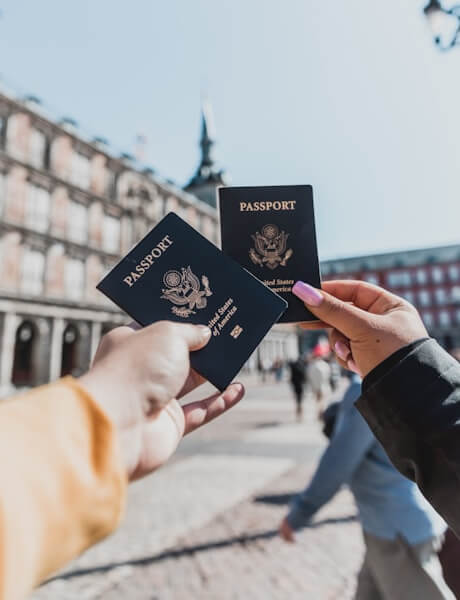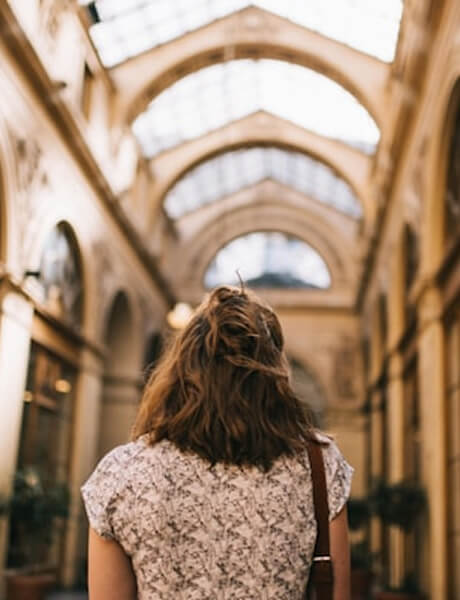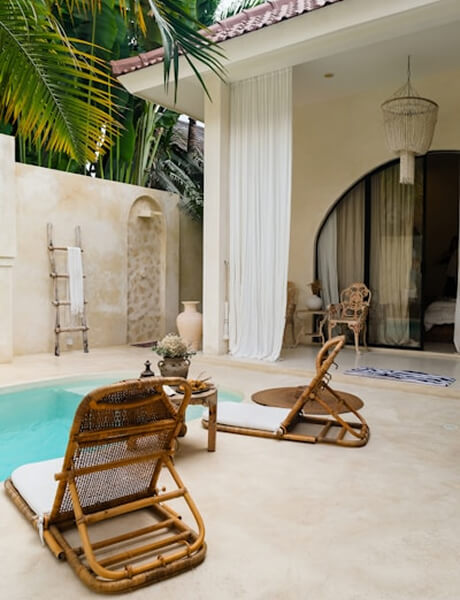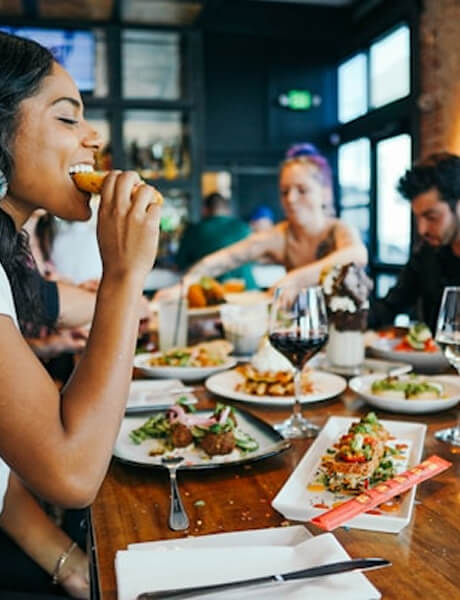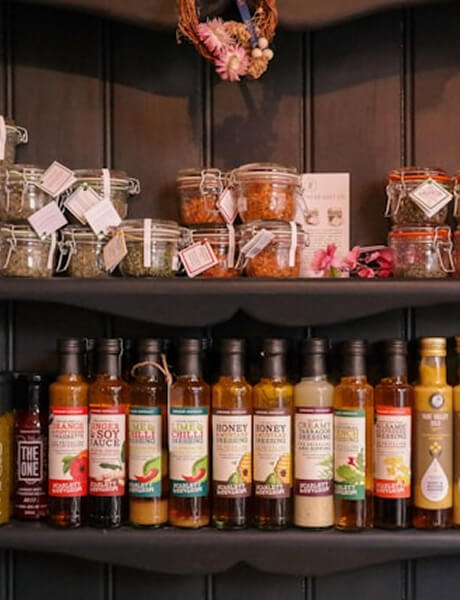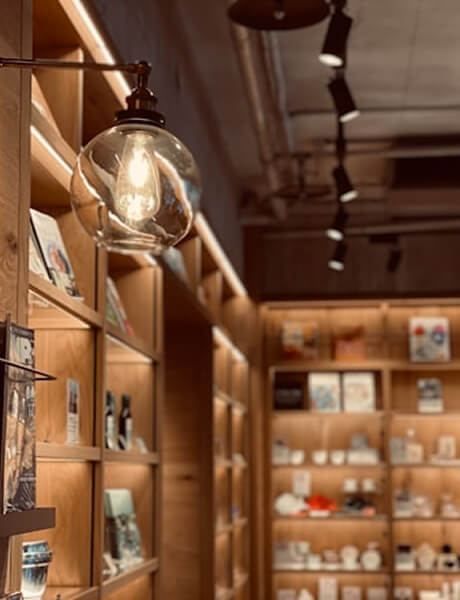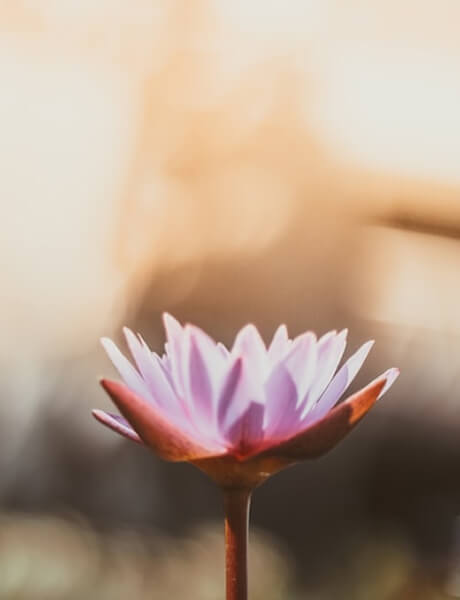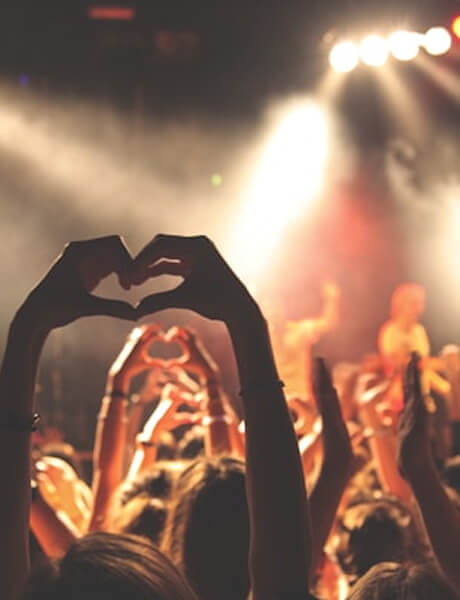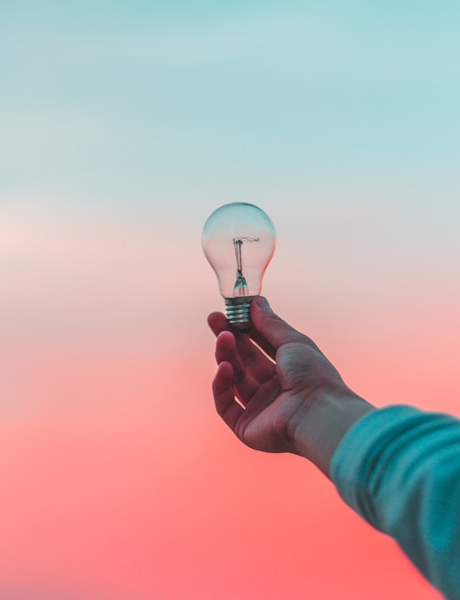
Travel guide Inde
The best time to go en Inde
Practical information for travel en Inde
Get your travel guide: INDE

Where to go en Inde?
The most beautiful tourist sites
Other en Inde destinations
Régions
Départements
Zones touristiques
Petit Futé's best addresses en Inde
Discover the most beautiful addresses selected by the authors of Petit Futé.
Featured articles d'Inde

Où partir faire une cure détox ? Où et quand partir : destinations et conseils
Updated on 22/09/2025 Ideas for holidays & weekend
Après les excès des fêtes, vous avez pris quelques kilos et votre jean vous serre ? Il est grand temps de faire une petite cure de remise en forme et de détoxifier votre organisme pour commencer l'année...

Top 10 des plats succulents à découvrir en voyage
Updated on 22/09/2025 Activities and experiences

Where to go paragliding? Top 11 destinations worldwide
Published on 01/09/2025 Activities and experiences
Bir Billing, Himachal Pradesh, India © Memories Over Mocha - Adobe Stock Flying a paraglider is a unique way of admiring landscapes, with the added bonus of a good adrenaline rush. While paragliding...
How to travel en Inde
How to go alone
Several airlines fly directly from European capitals to New Delhi, Mumbai (Bombay) and Calcutta. On the spot, it is quite easy to organize your trips, as transport rates are low even at the last minute. North India is safe but it is important to avoid hanging out on the streets late at night and, for women, it is important to avoid short clothing and to cover your knees and shoulders well to avoid being bothered.
How to go on a tour
The tours offered by travel agencies in India are many and varied. You can choose to do a classic tour that includes major cities like Delhi and key monuments like the Taj Mahal or a thematic, cultural stay around, for example, Hinduism or Buddhism. India being a distant and exotic destination, it takes a certain amount of time to acclimatise, not to mention the long journeys on the spot. Choose a tour of at least 15 days.
How to get around
To discover the whole continent, if your time is limited, you will have to fly. The internal lines are numerous and affordable. The rail network is efficient, from north to south and vice versa. The train journey is very economical, but the cars are usually full to capacity. Buses serve the country well for a fare equivalent to 2nd class train. Renting a car allows you to travel in a particular region. With a driver is better.
Book your next trip with Kayak
Travel en Inde
Ideas for holidays and week-end breaks en Inde
Visiter l'Inde est une entreprise audacieuse qui demande beaucoup de temps. Mieux vaut prévoir plusieurs visites dans le pays-continent. Vous en apprécierez mieux ses multiples facettes et pourrez alterner sites emblématiques et destinations plus confidentielles. Si vous voulez vraiment avoir une vision complète du pays en une seule fois, sachez qu'il vous faudra au moins 3 mois, avec peu ou pas de pauses. Nous vous proposons un tour de l'Inde en 55 jours, mais aussi des idées de circuits plus courts, au nord ou au sud du pays, que vous pouvez combiner. Que vous partiez pour 2 semaines ou plus longtemps, nos circuits vous feront découvrir les principaux aspects de la culture indienne, bien différents du nord au sud. Témoignages historiques fascinants, cultures religieuses vibrantes et diverses, paysages de carte postale, vie sauvage riche et variée, l'Inde récompense toutes les curiosités.
Services
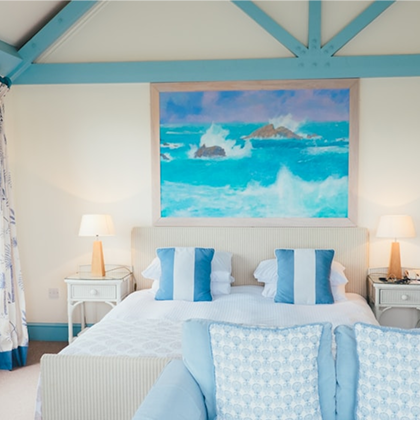
Find a hotel with Booking.com
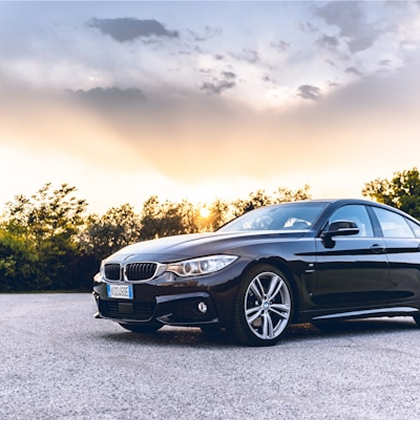
Rent a car with Bsp-auto

Create a blog and travel journal
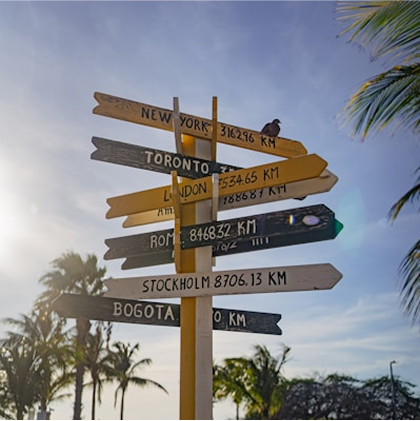
Find an agency with Quotatrip
Find unique holiday offers with our partners
Discover l'Inde
When you're a woman looking to embark on a solo trip, India quickly rises to the top of the blacklist of destinations to avoid. A list that must surely have been made by men, because a closer look at reality reveals that many women travel there alone every year. Yes, a woman can travel to India and come back amazed. For a Western woman, India is a change of scenery in every respect: customs, gastronomy, culture, landscapes... This makes the trip spectacular, but perhaps laborious depending on one's sensibilities. It's not the simplest of journeys, and requires a little more daring and organization. But there's no doubt that adventure can be expressed in feminine terms. India's jewels are innumerable, from palaces to mosques, villages to megalopolises, trekking to retreats... heritage to heritage. Travelers, welcome to India!
The 12 keywords en Inde

#Ayurveda
It is the oldest holistic medicine in the world. This Indian tradition is said to date back more than 5,000 years. Ayurveda aims to provide advice on diet, massage and lifestyle to stay healthy or improve health. The practice of Ayurveda is widespread in Kerala and very popular in the West.
#Bollywood
The Mecca of Indian cinema, Bombay's Hollywood. It's India's premier filming and production location: some 250 films a year are made here, mostly musicals, which are broadcast in Hindi and Urdu throughout the country, as well as in North Africa, the Middle East and South-East Asia.
#Castes
The caste system, specific to India, organizes society according to the birth of individuals. Theoretically abolished, it is still very present in rural areas and the poorest strata. There are Brahmins (priests), warriors, merchants, shudras (manual workers) and dalits, untouchables.
#Spices
Turmeric, star anise, cinnamon, ginger, pepper, cumin... no Indian kitchen is without its spice box, used in a multitude of curries. Many Indian spices are sold all over the world. From the Phoenicians to Vasco da Gama, many great merchants came to India to make their fortune in this trade.
#Gandhi
All Indian political parties refer to the emblematic "Father of the Nation", advocating some of his ideals: attachment to traditional values for the BJP, religious tolerance for the Congress, egalitarianism for the Communists. For the whole world, Gandhi symbolizes above all non-violence and remains an inspiring figure.

#Himalaya
The "home of the snows" is a gigantic mountain range of more than 600 000 km², separating the Indian subcontinent from the Tibetan plateau. It is home to the highest peaks in the world, 14 of them exceeding 8,000 m in altitude, including the famous Mount Everest. This massif which challenges the mountaineers is the source of the Indus and the Ganges.

#Lassi
This traditional Indian drink, made of fermented milk from the churning of yogurt, is very popular. Lassi can be plain, salty, spicy or sweet. The most famous flavors are rose, lemon, raspberry or mango. Alkaline like all dairy products, it is very appreciated after a strongly spiced dish!
#Puja
Prayer or offering. It marks the daily life of Indians. The owner of a store makes his puja to his favorite deity every morning, as well as the bus or cab drivers who have a mini-temple near the steering wheel. The big festivals (Holi, Diwali...) give place to pujas gathering thousands of faithful in the temples.

#Sari
This traditional women's garment has endured for over 2,000 years and remains symbolic of India. It consists of a wide strip of fabric, approximately 1.20 m wide and 5 to 6 m long. Its drape varies according to region, caste, religion... In theory, it is reserved for married women. Saris compete with each other in bright colors.
#Shiva
the "bringer of good fortune" is the Hindu god best known in the West. An omniscient yogi, he lives on Mount Kailash. A complex character, he is the god of illusions, ignorance and, above all, destruction. Contrary to the Western notion, destruction here takes on a positive character, marking the beginning of a new cycle.
#Tiger
The Bengal tiger is the world's largest wild cat and one of the symbols of India. The country is home to the world's largest population of Bengal tigers. Intensely hunted to near extinction, the species was rescued from the brink of extinction thanks to its protection from 1970 onwards. A symbol of royalty and divine power, the Bengal tiger is very much a part of traditional Indian culture.
#Cow
Symbolizing the Mother, it is a sacred animal in India. The fat cows you'll see on the streets of Delhi are devoutly cared for by their owners. The puny ones survive thanks to the generosity of passers-by. Hindus prostrate themselves before a cow and offer it food. The god Krishna is the cow's protector.
You are from here, if...
You remove your shoes before entering a house or religious building.
You respect the holy places of all religions.
You eat with your right hand, the left being used for "impure" acts.
You remain calm in all circumstances and never show impatience. This is the golden rule in India.
You judge your fellow man with kindnessrather than criticism, always seeking to resolve conflicts through non-violence.
You are patriotic and defend your country with determination.
You find it hard to put up with rudeness and insults.
You don't show your affection in public, including married couples.
You wear theright clothes, whether you're a man or a woman, to work, to go out in the evening and even to go shopping; men wear at least a shirt and women cover their shoulders and never show their armpits in public.










